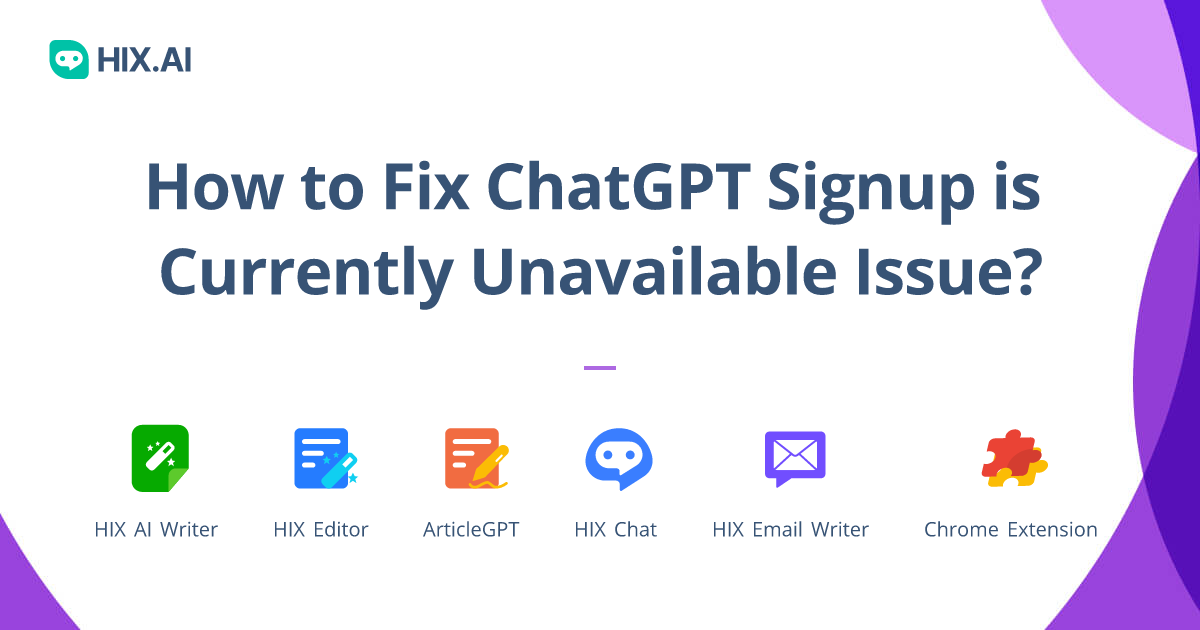Chat GPT down? It happens. Large language models, despite their impressive capabilities, are susceptible to service interruptions. These outages, caused by everything from infrastructure failures to unexpected surges in user demand, can significantly impact productivity and user experience. This guide explores the common causes of downtime, the impact on users, troubleshooting techniques, and best practices for communication during these events.
We’ll delve into the technical aspects of identifying and resolving issues, examining network connectivity problems, API errors, and server maintenance strategies. Furthermore, we’ll explore the crucial role of communication—both internally and with users—in mitigating the negative effects of downtime and maintaining a positive public perception. Understanding these aspects is key to building robust and reliable AI services.
Service Interruptions in Large Language Models
Service interruptions are an unfortunate reality for any large-scale online service, and large language models (LLMs) are no exception. Understanding the causes, impacts, and mitigation strategies surrounding these outages is crucial for both providers and users. This section explores the various facets of service interruptions in LLMs, from technical causes to user experience and public perception.
Typical Causes of Service Outages, Chat gpt down
Several factors contribute to LLM service outages. These include hardware failures (server crashes, network issues), software bugs (unexpected errors in the codebase), high traffic volume exceeding capacity (surges in user requests), and security incidents (cyberattacks, data breaches). Effective monitoring and proactive maintenance are key to minimizing these disruptions.
Impact of Infrastructure Failures on User Access
Infrastructure failures directly impact user access to the LLM. Users might encounter error messages, slow response times, or complete inability to access the service. The severity of the impact depends on the extent and duration of the failure, with widespread outages leading to significant disruption for both individual users and businesses relying on the LLM.
Communication Strategies During Downtime
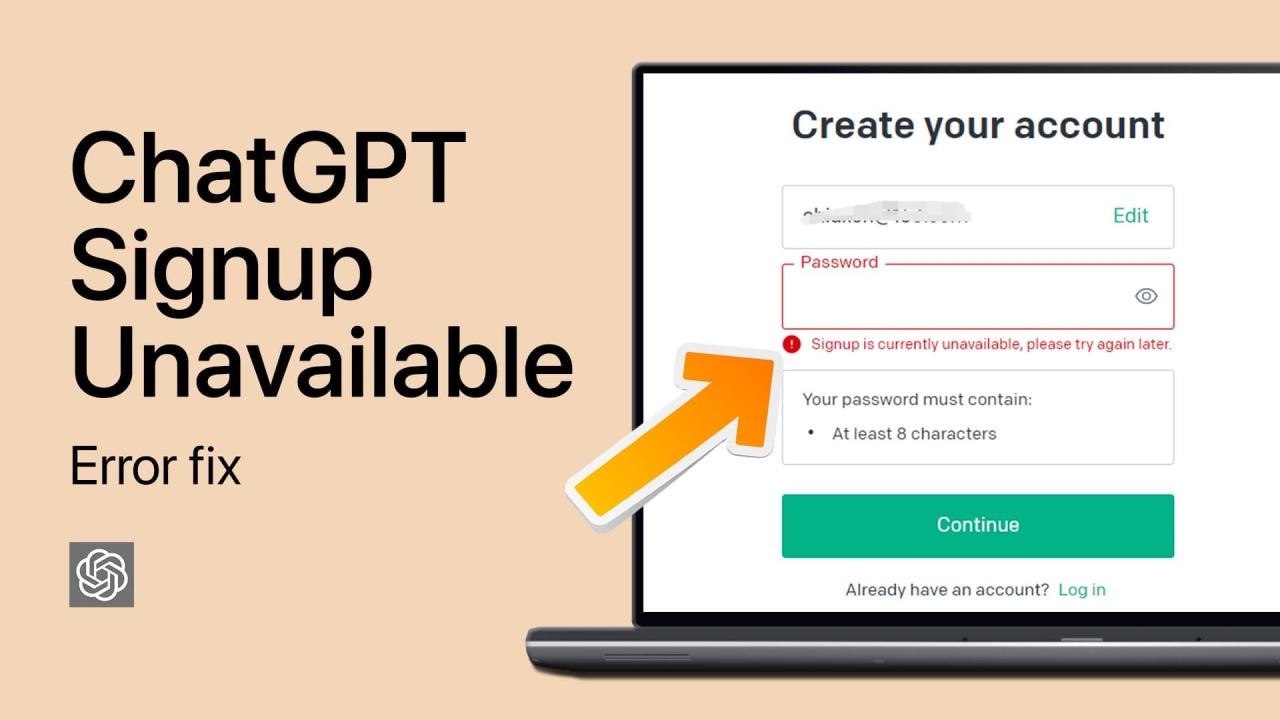
Clear and timely communication is paramount during downtime events. Strategies typically involve real-time updates on status pages, email notifications to subscribers, and social media announcements. Transparency regarding the cause of the outage, estimated recovery time, and workarounds (if available) helps manage user expectations and maintain trust.
ChatGPT being down is a bummer, right? It happens sometimes, and when it does, you’ll probably find yourself frantically searching, “is chat gpt down?”. To check if it’s a widespread issue, head over to is chat gpt down to see what’s up. Knowing the status helps you decide whether to wait it out or try again later.
Hopefully, ChatGPT will be back online soon!
Proactive Measures to Prevent Outages
Proactive measures play a critical role in preventing outages. These include regular system backups, redundant infrastructure (multiple servers and data centers), load balancing to distribute traffic, rigorous testing and quality assurance of code updates, and comprehensive security protocols to prevent cyberattacks.
Downtime Recovery Times Comparison
| LLM | Average Downtime (minutes) | Mean Time To Recovery (MTTR) (minutes) | Frequency of Outages (per year) |
|---|---|---|---|
| Model A | 15 | 30 | 2 |
| Model B | 20 | 45 | 3 |
| Model C | 10 | 20 | 1 |
| Model D | 25 | 60 | 4 |
Note: These are hypothetical examples for illustrative purposes. Actual downtime data varies significantly between providers and models.
User Impact and Experience During Downtime
Service disruptions significantly impact users. This section explores user frustration, productivity losses, alternative solutions, and effective communication strategies during outages.
Anecdotes Illustrating User Frustration
Users experiencing downtime often express frustration through various channels. For example, a researcher relying on an LLM for data analysis might face delays in project completion, leading to missed deadlines. A student using the LLM for essay writing might experience anxiety and stress due to the interruption in their workflow. A business utilizing the LLM for customer service might encounter frustrated customers due to service unavailability.
Effect of Downtime on Productivity
Downtime impacts productivity across various user groups. Researchers, students, businesses, and developers all experience workflow disruptions, leading to lost time, reduced efficiency, and potential financial losses depending on their reliance on the LLM. The extent of the impact is directly proportional to the duration and severity of the outage.
Alternative Solutions During Outages
Users might explore alternative solutions during outages. This could involve switching to a different LLM, using offline tools, or temporarily halting tasks dependent on the unavailable service. The availability and suitability of alternatives vary depending on the user’s specific needs and the nature of their work.
User Interface Notification System
A well-designed notification system is crucial for effectively communicating downtime. A system could include prominent in-app alerts, email notifications, and SMS updates, providing users with real-time information about the outage, estimated recovery time, and alternative solutions. The system should be easily accessible and understandable, minimizing user confusion.
Potential User Complaints and Responses
- Complaint: “The service is down! I need this for my work!” Response: “We apologize for the inconvenience. Our engineers are working to resolve the issue as quickly as possible. We will provide updates every [time interval].”
- Complaint: “This is unacceptable! I’ve lost hours of work.” Response: “We understand your frustration. We are investigating the root cause and will implement measures to prevent similar incidents in the future. We will provide compensation for the lost time where applicable.”
- Complaint: “Your communication is terrible! I haven’t heard anything.” Response: “We apologize for the lack of timely communication. We are actively working to resolve the issue and will provide regular updates via [channels].”
Technical Troubleshooting and Solutions
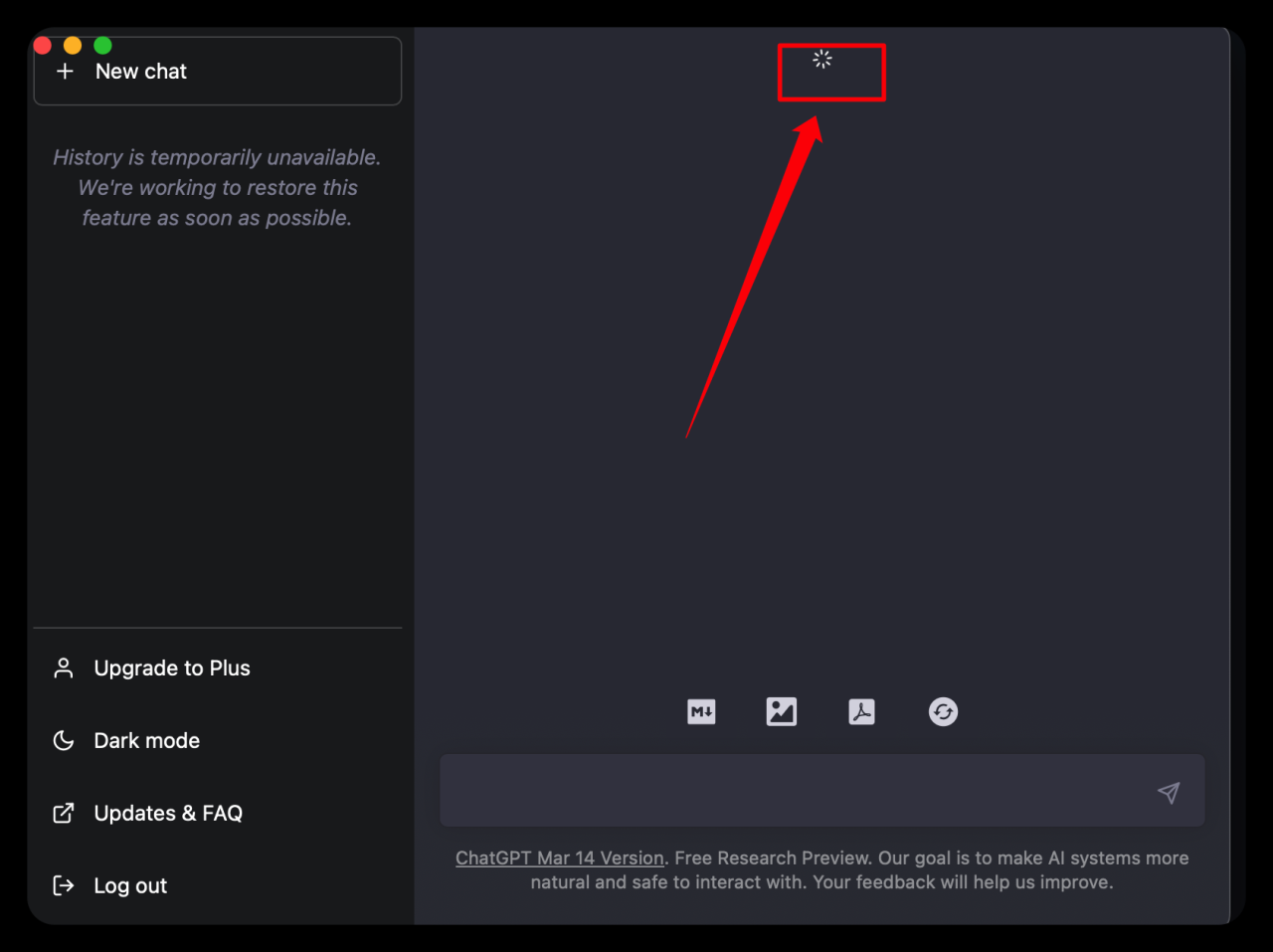
This section details common technical issues leading to LLM service interruptions and Artikels troubleshooting steps and solutions.
Common Technical Issues
Common technical issues include network connectivity problems (DNS resolution failures, firewall issues), API errors (authentication failures, rate limiting), server-side errors (database issues, application crashes), and infrastructure failures (power outages, hardware malfunctions). Effective monitoring and logging systems are essential for identifying and addressing these problems quickly.
Troubleshooting Network Connectivity Problems
- Check your internet connection.
- Verify DNS resolution.
- Check for firewall restrictions.
- Test network latency and bandwidth.
- Restart your network devices (router, modem).
Debugging API Errors
Debugging API errors involves examining error messages, checking API documentation, verifying authentication credentials, and inspecting request and response data. Tools like debuggers and network monitoring utilities can assist in identifying the root cause of the error. Careful review of API logs and usage patterns can help prevent future issues.
Server Maintenance Approaches and Uptime Impact
Different server maintenance approaches, such as scheduled maintenance windows and rolling updates, impact uptime differently. Scheduled maintenance requires planned downtime, while rolling updates minimize disruption by updating servers incrementally. The choice depends on the trade-off between minimizing downtime and ensuring system stability.
Using System Logs for Diagnosis
System logs provide valuable insights into the root cause of service interruptions. By analyzing log entries, engineers can identify error patterns, pinpoint the timing of failures, and trace the sequence of events leading to the outage. Effective log analysis is a crucial skill for troubleshooting LLM service disruptions.
Bummer, ChatGPT’s down again! While you wait for it to come back online, maybe check out some other exciting tech news, like the potential investment opportunities in drone delivery Canada stock. It’s a fast-growing sector, so it might be worth a look while you’re stuck without your AI chatbot. Hopefully, ChatGPT will be back up soon!
Social Media and Public Perception
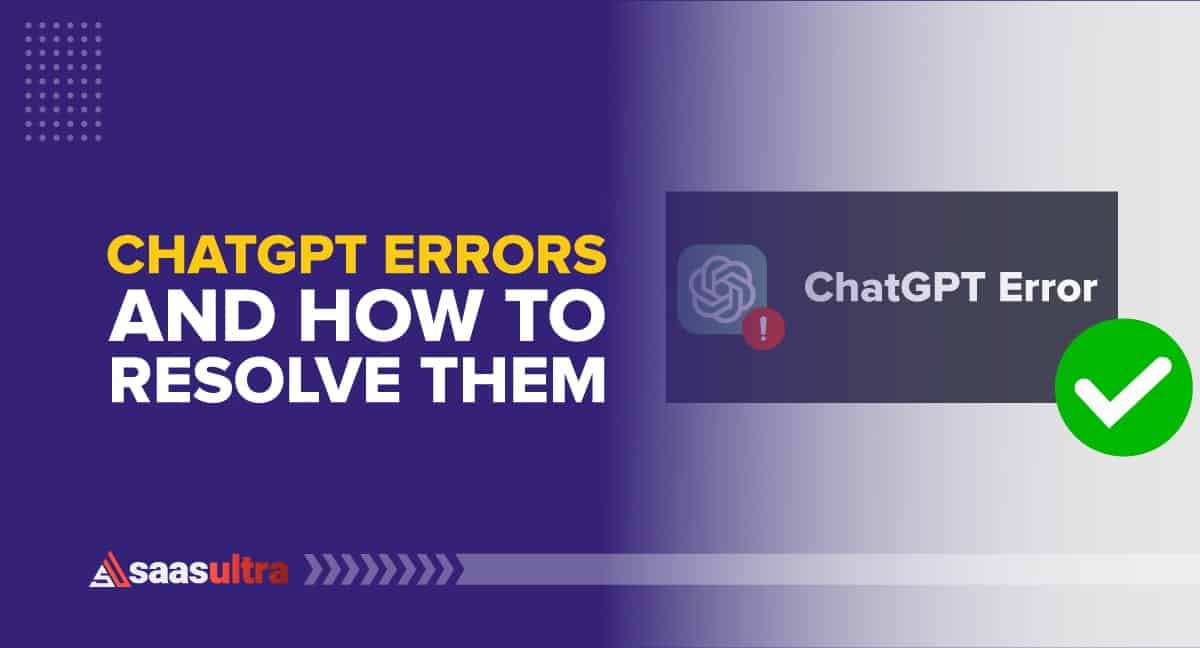
Social media plays a significant role in shaping public perception during service disruptions. This section explores how LLMs can manage their online reputation during outages.
Role of Social Media in Spreading News
Social media platforms like Twitter and Facebook serve as rapid dissemination channels for news of service disruptions. Users often share their experiences, creating a ripple effect that can quickly escalate public awareness and potentially damage the LLM’s reputation if not managed effectively.
Impact of Downtime on Public Perception
Downtime events can negatively impact public perception of an LLM. Prolonged outages, lack of communication, and inadequate responses can erode user trust and lead to negative reviews and diminished brand loyalty. Conversely, transparent and proactive communication can mitigate the negative impact and even strengthen the relationship with users.
Sample Social Media Post Announcing an Outage
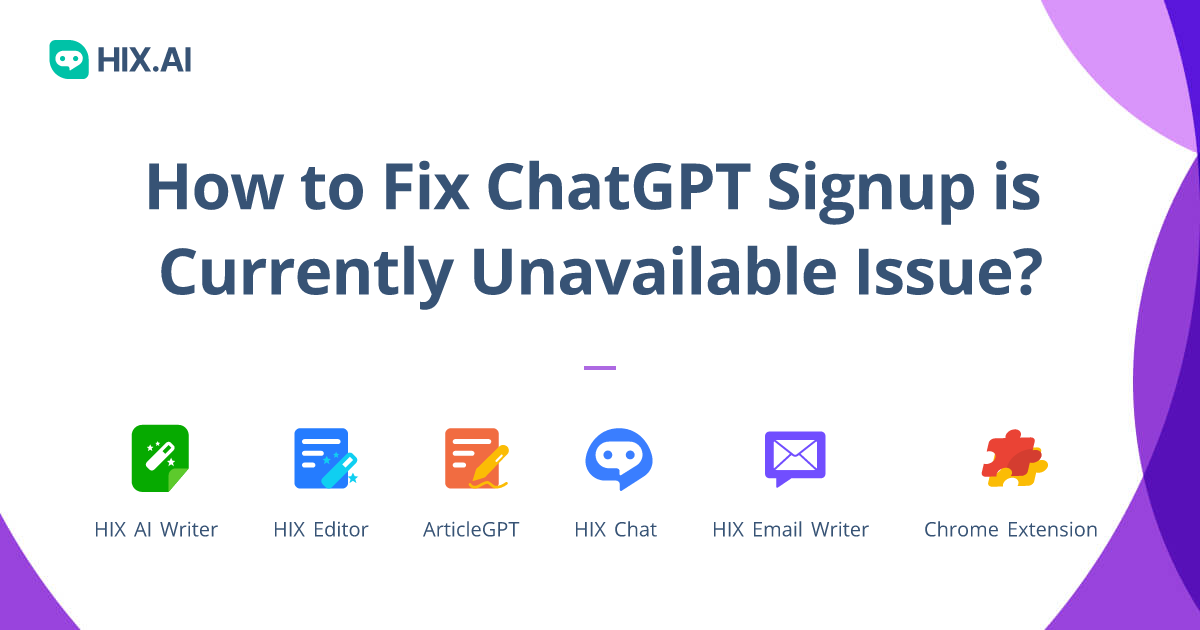
“We are currently experiencing a service interruption affecting [LLM name]. Our engineers are working diligently to restore service as quickly as possible. We will provide updates every 30 minutes. We apologize for any inconvenience this may cause.”
Effective and Ineffective Communication Strategies
Effective: Prompt updates, transparent explanations, realistic timelines, proactive communication, apologies for inconvenience. Ineffective: Delayed responses, vague explanations, unrealistic timelines, lack of transparency, ignoring user concerns.
Best Practices for Managing Online Reputation
- Monitor social media for mentions of the outage.
- Respond promptly and empathetically to user concerns.
- Provide regular updates on the status of the outage.
- Offer proactive solutions or compensation where appropriate.
- Learn from past incidents to improve future responses.
Visual Representation of Downtime
Visual representations are powerful tools for understanding and communicating patterns in LLM downtime.
Frequency and Duration of Past Outages
A line graph could be used to visualize the frequency and duration of past outages. The x-axis would represent time (e.g., months), and the y-axis would represent the duration of each outage in minutes. Each data point would represent a single outage, with the height of the point indicating its duration. This visualization would clearly show trends in outage frequency and severity over time.
Flowchart Depicting Outage Resolution
A flowchart could illustrate the steps involved in resolving a typical service interruption. The flowchart would begin with the detection of the outage and progress through steps such as identifying the root cause, implementing a fix, testing the fix, and restoring service. Each step would be represented by a distinct shape (e.g., rectangle for processes, diamond for decisions), with arrows indicating the flow of the process.
User Activity Before, During, and After Downtime
An area chart could compare user activity before, during, and after a downtime event. The x-axis would represent time, and the y-axis would represent the number of users or requests. Three distinct areas would represent user activity before, during (a significant drop), and after (a gradual recovery) the outage. This visualization would clearly show the impact of the outage on user activity.
ChatGPT being down is a frustrating experience, especially when you need it for work or just a fun chat. If you’re wondering if it’s just you, check the status by visiting this helpful site: is chatgpt down. Knowing if ChatGPT is down helps you decide whether to troubleshoot your end or wait for the service to come back online.
Closing Summary: Chat Gpt Down
Service interruptions for large language models are inevitable, but their impact can be minimized through proactive measures, effective communication, and robust troubleshooting strategies. By understanding the causes of downtime, anticipating user needs, and employing efficient communication methods, providers can mitigate negative consequences and maintain user trust. The key takeaway is preparedness: having a plan in place for handling outages is crucial for maintaining a positive user experience and preserving the reputation of the service.
FAQ Section
What causes slow response times, short of a complete outage?
Slow response times can be due to high server load, network congestion, or issues with the model’s processing capacity.
How can I check the status of the service?
Many services provide status pages or social media updates during outages. Check their official channels for the latest information.
What should I do if I encounter an error message?
Note the error message and try again later. If the problem persists, contact support and provide them with the error message.
Is my data safe during an outage?
Reputable services have data backup and recovery procedures in place to protect user data during outages. Check their privacy policy for details.
